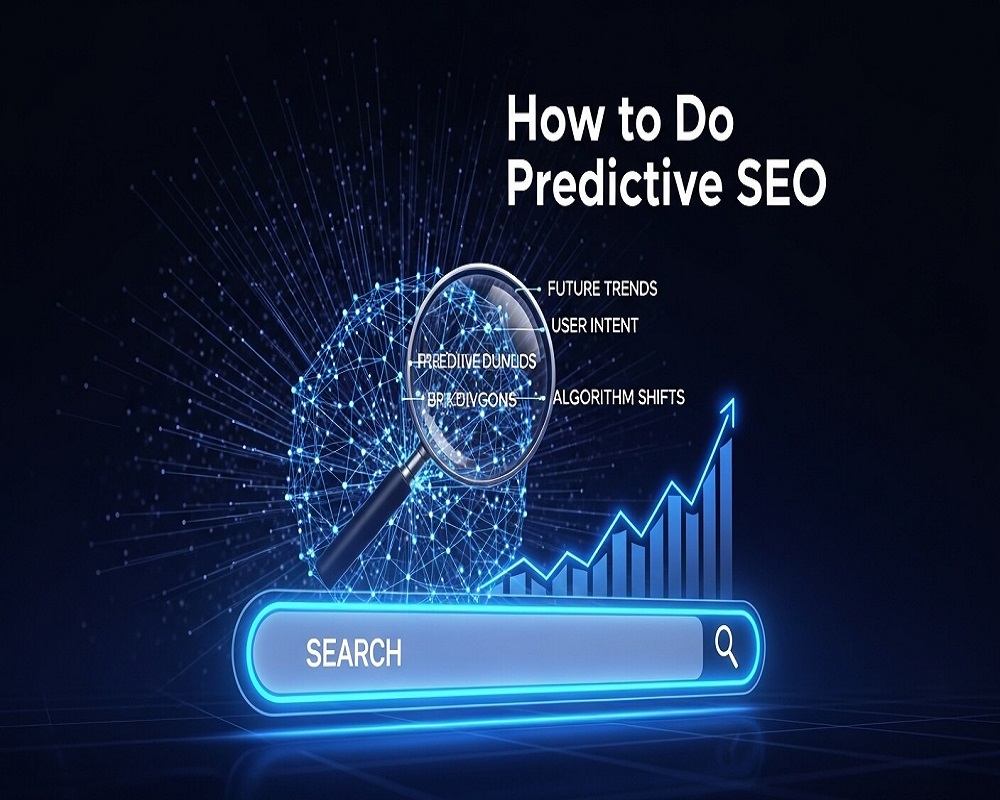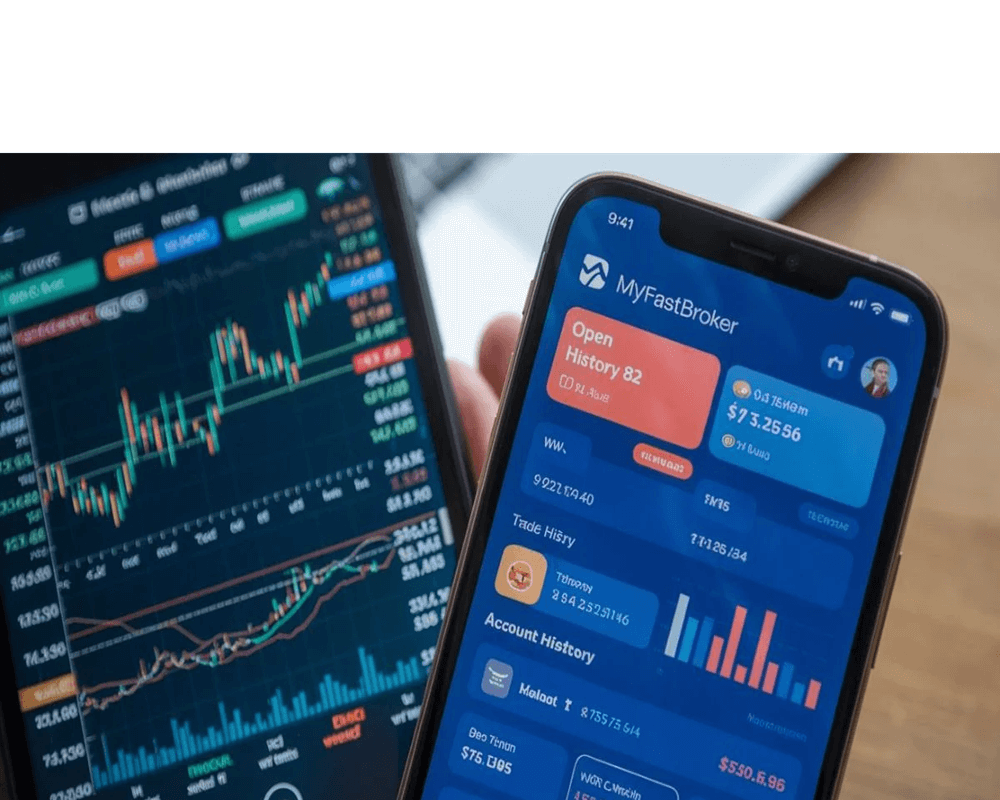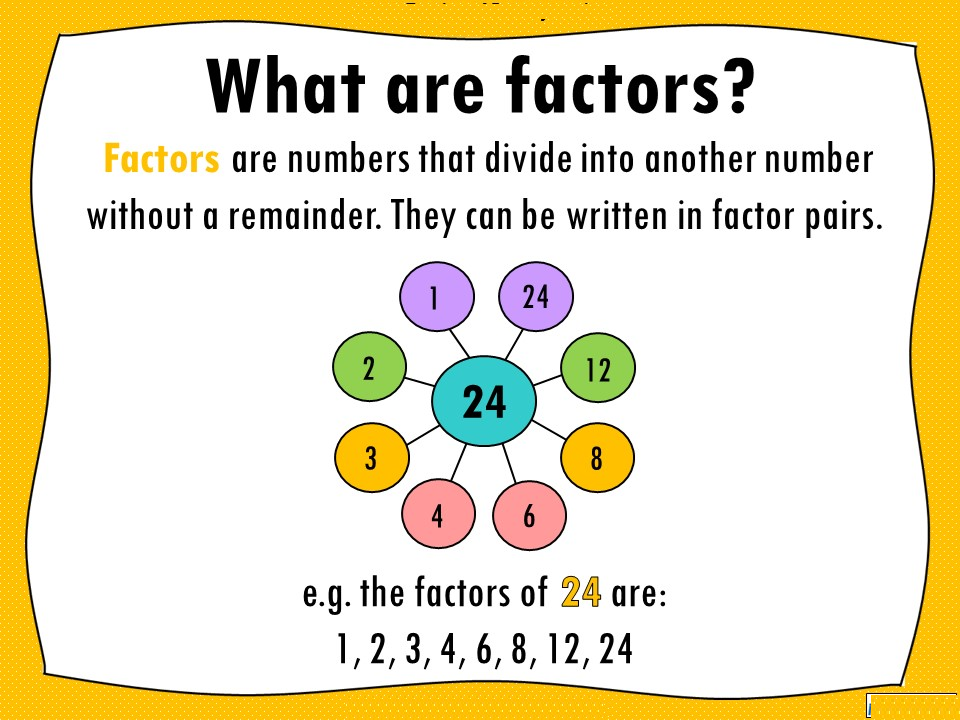Predictive SEO represents a forward-thinking approach to search engine optimization, leveraging data analytics, artificial intelligence, and trend forecasting to anticipate future search behaviors, algorithm shifts, and content demands. Rather than reacting to current rankings or trends, this method enables website owners, marketers, and SEO professionals to proactively create and optimize content that positions their sites for long-term success. By analyzing historical data, user patterns, and emerging signals, predictive SEO helps secure higher visibility in search results before competitors catch on, ultimately driving sustainable organic traffic growth.
In an era where search engines like Google process billions of queries daily and algorithms evolve rapidly—often incorporating AI-driven features such as overviews and multisearch—staying ahead requires more than traditional keyword stuffing or link building. Predictive SEO integrates entity-based optimization, semantic relevance, and predictive modeling to build topical authority that withstands updates. This guide provides a comprehensive, step-by-step framework for implementing predictive SEO, drawing on proven strategies to forecast and capitalize on future opportunities. Whether you’re managing an e-commerce site, a content platform, or a service-based business, mastering this technique can lead to significant ranking gains and revenue uplift.
Understanding Predictive SEO: Core Concepts and Definitions
At its foundation, predictive SEO is the practice of using data-driven insights to forecast future search trends and optimize digital assets accordingly. It shifts the focus from retrospective analysis—such as reviewing past performance metrics—to proactive planning. This involves predicting which keywords will rise in popularity, how user intent might evolve, and what content structures will align with upcoming algorithm preferences.
Key elements include:
- Data Forecasting: Utilizing historical search volume, click-through rates (CTR), and conversion data to model future outcomes.
- Trend Identification: Spotting emerging patterns in user behavior, such as shifts toward voice search, visual queries, or zero-click results.
- Algorithm Anticipation: Preparing for changes like those seen in Google’s Helpful Content Update or AI integrations by emphasizing quality, relevance, and user satisfaction.
- Entity Optimization: Recognizing that search engines increasingly prioritize entities (people, places, things) over isolated keywords, building semantic networks around core topics.
Unlike traditional SEO, which optimizes for current rankings, predictive SEO aims to “future-proof” content by addressing latent needs. For example, during global events like pandemics, predictive models could have foreseen surges in queries for “remote work tools,” allowing early content creation to capture traffic spikes. This approach not only improves rankings but also enhances user experience, aligning with search engines’ emphasis on helpful, authoritative content.
The Evolution of Predictive SEO: From Reactive to Proactive Strategies
Predictive SEO has roots in early data analytics tools of the 2000s, when marketers began using Google Trends to spot seasonal patterns. However, its modern form emerged with advancements in machine learning and big data around 2015, as platforms like Ahrefs and Semrush introduced forecasting features. By 2020, the integration of AI in search engines accelerated its adoption, with Google’s BERT and MUM models shifting focus to intent understanding.
In 2025, predictive SEO incorporates multimodal AI, analyzing text, images, and voice data for comprehensive forecasts. Recent developments, such as AI overviews reducing clicks by over 30%, have made prediction essential for diversifying traffic sources beyond traditional SERPs. Experts emphasize building semantic depth—creating content clusters around entities—to achieve predictive ranking, where search engines anticipate user needs based on contextual relevance.
This evolution underscores a move toward holistic strategies, where SEO intersects with data science to create resilient digital ecosystems.
Why Predictive SEO Matters: Benefits for Businesses and Marketers
Implementing predictive SEO offers tangible advantages in a competitive landscape. First, it enables early market capture: By forecasting trends, businesses can rank for high-volume queries before saturation, potentially increasing organic traffic by 20-50% within months. For instance, e-commerce sites using predictive models for product trends see higher conversion rates through timely content.
Second, it mitigates risks from algorithm updates. Predictive approaches emphasize quality thresholds—minimum standards for content relevance and authority—that align with search engine guidelines, reducing volatility. This builds trust and expertise, key to Google’s E-E-A-T (Experience, Expertise, Authoritativeness, Trustworthiness) framework.
Third, it optimizes resource allocation. Instead of broad keyword targeting, predictive SEO uses data to prioritize high-impact opportunities, improving ROI. Studies show companies employing predictive analytics in SEO experience 4x higher conversions through personalized strategies.
Finally, it fosters long-term growth by establishing topical authority. Through semantic networks—interlinked content around core entities—sites become go-to resources, ensuring sustained rankings even as trends evolve.
Step-by-Step Guide: How to Implement Predictive SEO
To execute predictive SEO effectively, follow this structured framework, inspired by entity-oriented and semantic methodologies for building comprehensive topical maps.
Step 1: Gather and Analyze Historical Data
Begin with data collection from tools like Google Analytics, Search Console, and third-party platforms. Track metrics such as search volume, CTR, impressions, and user engagement over at least 12-24 months. Identify patterns: Seasonal spikes, correlations between content types and performance, and entity associations (e.g., how “AI tools” links to “productivity software”).
Use statistical models like linear regression or time-series analysis to forecast baselines. For advanced users, incorporate machine learning via Python libraries to predict traffic trajectories.
Step 2: Conduct Trend and Intent Forecasting
Leverage tools like Google Trends for real-time insights into rising queries. Combine with AI platforms to analyze social signals, news patterns, and competitor movements. Predict intent shifts—e.g., from informational to transactional—by mapping user journeys.
Build a topical map: Outline core entities, sub-entities, and attributes. For a fitness site, the entity “home workouts” might connect to “equipment reviews,” “nutrition plans,” and “virtual classes,” forecasting content needs.
Step 3: Keyword Research with Predictive Modeling
Go beyond static tools; use forecasting to identify “sleeper” keywords—low-current volume but high-potential growth. Apply quality thresholds: Assess keyword difficulty not just by competition but by predictive ranking factors like semantic relevance.
Incorporate multisearch: Optimize for combined text-image queries, anticipating visual search dominance.
Step 4: Create Entity-Optimized Content
Develop content clusters around forecasted topics. Ensure semantic depth by covering attributes, relations, and contexts. Use structured data (schema markup) to enhance entity recognition.
Aim for predictive helpfulness: Address future user pain points, backed by data. For example, pre-empt queries on “AI ethics in marketing” amid rising regulations.
Step 5: Technical Optimization for Future-Proofing
Optimize site architecture for crawl efficiency, mobile responsiveness, and core web vitals. Implement predictive elements like lazy loading for faster experiences in AI-driven searches.
Monitor algorithm signals: Use logs to predict crawl patterns and adjust accordingly.
Step 6: Measure, Iterate, and Scale
Track KPIs like forecasted vs. actual traffic using dashboards. Refine models quarterly, incorporating new data. Scale by automating with AI for ongoing predictions.
This step-by-step process, when applied consistently, can yield 400% traffic increases, as seen in entity-focused case studies.
Tools and Technologies for Predictive SEO
Essential tools include:
- Google Trends and Analytics: For trend spotting and performance data.
- Ahrefs/Semrush: Advanced forecasting modules for traffic projections.
- Python/Sympy for Modeling: Custom scripts for predictive algorithms.
- AI Platforms like Bard/ChatGPT: For intent simulation, though not true predictors.
- OnCrawl/SEO Tools: For log analysis and predictive insights.
Integrate these for a data ecosystem that supports semantic SEO.
Case Studies: Real-World Success with Predictive SEO
One e-commerce brand forecasted a surge in “sustainable fashion” queries, creating entity-rich content six months early, resulting in a 50% traffic boost. A tech site used predictive modeling to anticipate AI tool trends, achieving top rankings and 4x conversions.
In semantic-focused projects, sites building topical maps around core entities saw 195-400% growth post-optimization.
Challenges and Solutions in Predictive SEO
Common hurdles include data inaccuracy and rapid changes. Mitigate with diverse sources and regular model updates. Ethical concerns, like privacy in user data, require compliance with regulations.
Future Trends in Predictive SEO for 2025 and Beyond
By 2026, AI personalization will dominate, with predictive SEO incorporating hyper-local and voice optimizations. Expect greater emphasis on community search and diversified channels.
Frequently Asked Questions
1.What is predictive SEO?
It’s using data to forecast and optimize for future search trends.
2.How does predictive SEO differ from traditional SEO?
It focuses on future trends rather than current rankings.
3.What are the best tools for SEO forecasting?
Ahrefs, Semrush, and Google Trends for accurate predictions.
4.How can AI improve predictive SEO?
By analyzing patterns for intent and trend forecasting.
5.What is the role of topical authority in predictive SEO?
Building semantic networks ensures long-term relevance.
6.How to measure success in predictive SEO?
Compare forecasted vs. actual metrics like traffic and conversions.
7.What are common mistakes in predictive SEO?
Over-relying on single data sources or ignoring semantic depth.
8.How does predictive SEO handle algorithm changes?
By emphasizing quality and entity optimization for resilience.
9.Is predictive SEO suitable for small businesses?
Yes, with free tools like Google Trends for scalable insights.
10.What future trends should I watch for in SEO forecasting?
AI integration and multimodal search optimizations.
Conclusion
Predictive SEO empowers you to shape your site’s future in search results. By following this guide—gathering data, forecasting trends, and building semantic authority—you can achieve lasting ranking gains. Start with a topical audit today to unlock proactive growth.
Saad Raza is an SEO specialist with 7+ years of experience in driving organic growth and improving search rankings. Skilled in data-driven strategies, keyword research, content optimization, and technical SEO, he helps businesses boost online visibility and achieve sustainable results. Passionate about staying ahead of industry trends, Saad delivers measurable success for his clients.





